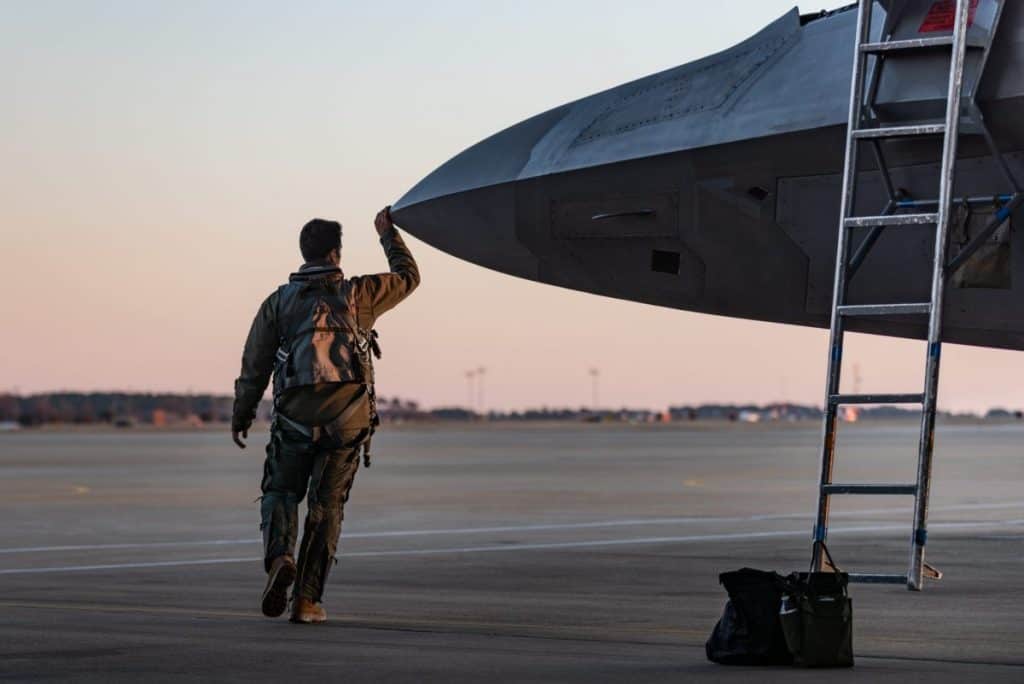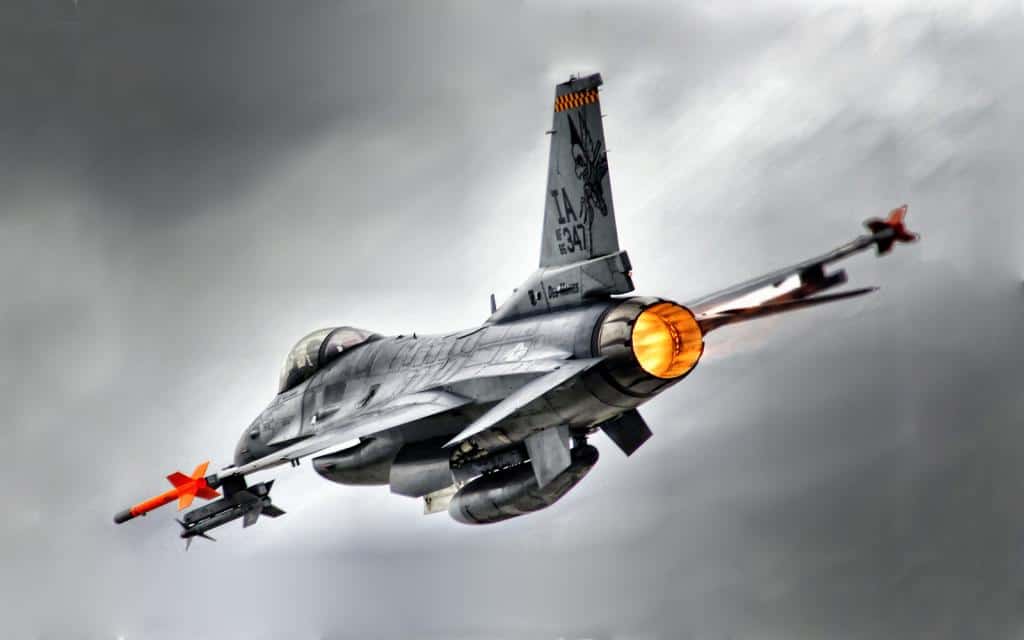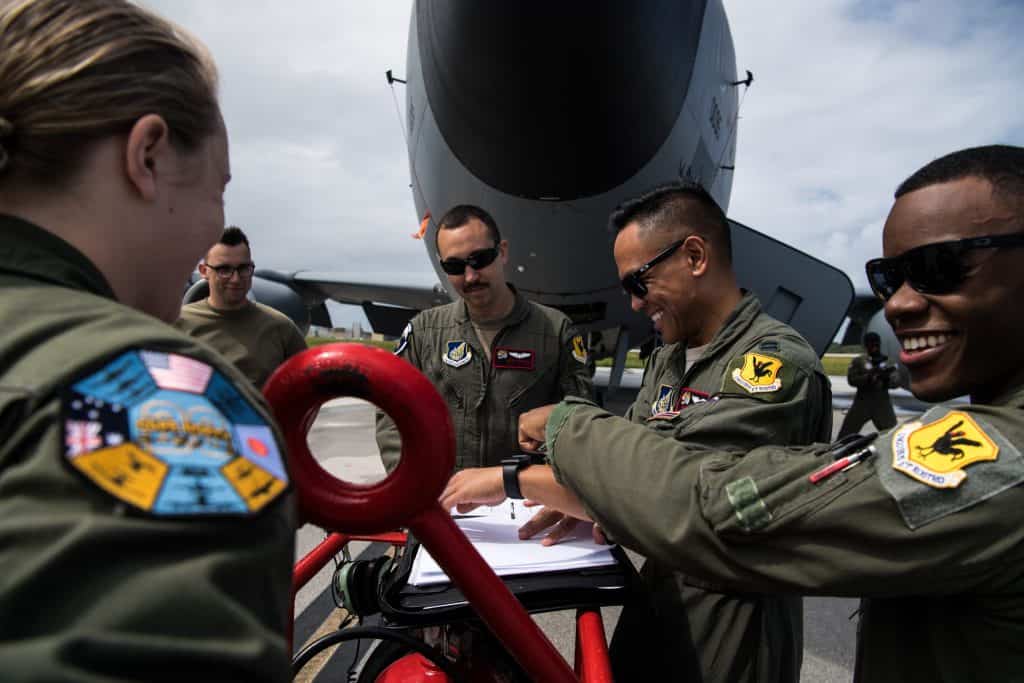SERE School and Water Survival Explained

To be successful as a pilot, you need to be confident. I’m not talking about the false confidence we see in the bluster of gangstas or hipsters or Twitter trolls who have little or no actual substance to justify their bravado. I’m talking about the quiet surety that comes from knowing no matter what happens, you’ll be able to deal with it effectively.
This type of confidence is necessary if you want to go 1-v-1 against another fighter pilot, if you are going to be responsible for landing a 600,000 pound aircraft carrying a hundred people into a short landing strip at night in bad weather, or if you’re carrying 150,000 pounds of fuel that you must transfer to several other aircraft or the entire mission fails.
This obviously means that you need to feel sure that your pilot skills are up to the task. However, what if things beyond your control make your aircraft unflyable? What if you have to eject or crash-land over enemy territory? What if it’s a harsh area with weather and environmental hazards where food and water are difficult to find? What if your enemies are known to treat prisoners very poorly? If you expect to be able to fly combat missions over those places, you need to be confident that you can deal with these situations.
Studying and attending lectures are good for some things, but the only way to truly know that you can handle these situations is to try them out. That’s why the military requires all pilots to attend both SERE (Survival, Evasion, Resistance, and Escape) and Water Survival courses.
These courses aren’t all fun and games. No, let’s get very honest: much of the experience sucks. However, once you’ve completed them, you will be able to operate all over the world with that quiet surety that you’ll be able to survive and get back home if you have a very bad day of flying. Although SERE School teaches some important, practical, real-world skills, I believe that developing this kind of confidence is a more important part of these programs.
Table of Contents
- What is SERE School Like?
- What is Water Survival School Like?
- SERE and Water Survival School Takeaways
- The Power of Heritage
What is SERE School Like?
What is SERE?
SERE stands for Survival, Evasion, Resistance, and Escape. SERE School was established at the end of World War II with the mission of training combat aviators and aircrew in the fundamentals of surviving and escaping if they find themselves in a situation in which they must evacuate a stricken aircraft over enemy territory.
Each service has at least one base designated for SERE. For the Air Force, it’s Fairchild AFB, WA. You’ll be in a class of mostly aircrew members gathered from all parts of the Air Force. Since you all finished college and went to pilot training around the same time, there’s a pretty good chance you’ll already know some of them. You’ll also start to learn one nice thing about military service is that you automatically get to have friends no matter where you go. Even though you’ll never have met most of the people in your class, the fact that you’re all in the Air Force and you’re all going through this training together will let you bond instantly. There’ll be an intrinsic level of trust. It’s nice.
Survival and Evasion Phases
You’ll get issued a bunch of what amounts to camping equipment and you’ll sit through some classroom lectures to cover some SERE basics. However, classroom instruction is a very minor part of this course. You’ll quickly find yourself “in the field”...some gorgeous mountains around Washington. You have to leave most or all of your personal belongings behind, along with any snacks or food you would have liked to bring.
You’ll spend the next few days in small groups with a SERE instructor teaching you how to build shelters, find food and water, signal for help, and navigate through unknown territory -- all while trying to hide from your enemies. On one level, this part of training is, or at least can be, fun. When I was younger, I chose to go on camping trips much like this as a Boy Scout. (In fact, being a Scout gives you a leg up here. You won’t learn much new stuff in this part of the course, but it’ll reduce your stress and enable you to help your classmates who weren’t as lucky as you.) The wilderness in the area really is beautiful and you should try to enjoy hiking through it.
Unfortunately, it’s not all fun and games. Your instructors only let you bring a limited amount of food with you...and I promise that it won’t be enough. You’ll supplement this with what you can find or catch, but even that won’t satisfy your hunger. You’ll spend a lot of time thinking and talking about food. It sucks, but don’t forget that it will eventually prove to be very good for you.
You’ll also be tired. Your instructors will wake you up early and keep you up until late at night. You do a lot of hiking, which is tiring enough, but is even worse when you’re both sleep-deprived and hungry. You’ll be a little bit miserable by the end of this phase in the training, and that’s what they’re going for. The chances of you actually having to endure something this difficult again are very slim. You’ll have gained that confidence in knowing you can do it, and you’ll be better able to thrive in sub-optimal environments like deployments to undesirable places and long duration flights.
Resistance and Escape Phases
Once you’ve completed the Survival and Evasion part of SERE training, you’ll move on to Resistance and Escape. You may have thought the first phase of training was tough, but now it’s time to really buckle up.
At some point, you will transition from what you were doing before to a situation where you are the prisoner of a simulated enemy force. I’d tell you how that transition happens, but I don’t want to spoil it for you. I’ll just say that it’ll get your heartbeat up. Enjoy!
Your Resistance Training is designed to be miserable. You’ll experience levels of hunger, sleep deprivation, and discomfort that make the first phase of your training look like a cakewalk. Your captors will be mean. You’ll be interrogated, repeatedly, and it will be a demeaning experience. They will even rough you up a little.
I remember feeling very worried about all this. I’m a pilot - they can’t break me too much or it could jeopardize my career. There are limits, right?
The answer, thankfully, was “yes.” Nobody (not even me) is going to explain the specific limits of what they’re allowed to do to you. Rest assured though that the military is not going to do anything to risk the $1,000,000 investment they just made by sending you to pilot training.
What you get out of this phase of training will depend on your mental toughness and your ability to push past a little physical discomfort and focus on your higher mission. Some people never get to that second part. They’ve led soft lives and are so shocked and overwhelmed by the whole environment that it’s all they can do to keep it together. This training is useful for them because it stretches their limits. However, it’s unfortunate that they miss out on deeper learning opportunities.
During the academic lessons at the start of the course, they’ll have explained techniques for “resisting” your enemies in a captivity environment. The point of this training is to put you into a mindset where it feels like you’re employing these techniques against a true enemy. If you have enough grit to endure the uncomfortable parts of your environment, you can really take advantage of this as an opportunity to experiment and learn. I know it’s not easy, but try to get there.
Conclusion of SERE Training
When you complete SERE training, you feel that you’ve accomplished something significant. You’ll have formed surprisingly strong friendships with your classmates given the short amount of time you spent together. You’ll have some new things in common and will have earned some street cred with everyone else in the military. I don’t think anyone really enjoys SERE training, per se. However, I promise you’ll end up feeling glad that you went through it. The confidence that it gives you will make you a better pilot in years to come.
And now that we’ve covered SERE, let’s shift and discuss something far more fun: Water Survival.
What is Water Survival School Like?
Unlike SERE, this course is not designed to be physically and mentally taxing. It has a surprising amount of lectures, but it’s fundamentally a hands-on course. I did this training at NAS Pensacola on Florida’s Emerald Coast, though it moved to Fairchild AFB, WA a few years ago.
Although you spend plenty of time in the water, you’ll be back in your military hotel room every night. If you know someone with a car or can get to an Uber at the gate, you’re free to go grab dinner or drinks in town after work. The classroom lectures are typical Air Force: informative, important for later in life, and probably kind of boring.
The water stuff is more fun. You’ll practice boarding and getting out of a life raft. You’ll practice swimming out from under a parachute. You’ll be dragged through the water by your parachute harness. (A possibility if you have to eject over the water in windy conditions. You do this to practice rolling yourself upright while being dragged so that you can breathe.) Eventually, you’ll release your lines and relax while bobbing in the pool for a while.
Depending on what aircraft you fly, you may go to the “dunk trainer.” This is a simulated aircraft cabin with a bunch of seats situated over a swimming pool. You and several of your new best friends will strap into your seats, put on regular flight helmets, and start worrying. Without warning, the device will plunge down into the pool and roll upside down, simulating a violent water crash-landing. Your next task is to unstrap, get out of your seat, exit the “aircraft,” and swim to the surface without drowning. Easy peasy, right? This isn’t the most fun part of this training, but it’s very valuable. Don’t worry, there are professional military divers in the pool to help you get out if anything goes wrong. Try not to screw up though because you have to repeat the event until you get it right.








